There’s something very dramatic about a black horse. They often appear in marketing campaigns and in folklore. And black horses come in all shapes and sizes.
We’re going to indulge our love of the proverbial dark horse by looking at 13 black horse breeds. From elegant racehorses to sturdy draft animals, they all have something special.
So step this way to find out more about these beautiful and majestic creatures…
1. Frieisian
A defining characteristic of the Friesian is its jet black coat. Occasionally, you may find chestnut or bay horses, and some Friesians have small white markings. But for the vast majority of these stunning horses are black from head to toe.
They are a draft animal, used since before the Middle Ages for farm work as well as for warfare. They typically stand around 15.2 hands, and they have muscular bodies, arched necks ad short ears. Their dramatic appearance is enhanced by their long wavy tails and manes.
Today Friesians are used for both riding and driving. And their striking good looks also make them a popular choice for appearances in film and television dramas. Amongst their acting credits are the Zorro films, Interview with the Vampire, Snow White and the Huntsman and Game of Thrones.
2. Dales Pony
The Dales Pony originates in northern England. Today there are a small number of ponies living wild in the Pennine hills. But the breed is not truly wild, having descended primarily from working horses used in the lead mining industry.
By far the most common color for a Dales Pony is black. Other coat colors can be found, however. Bay, roan, gray and brown are all eligible for registration. In all cases, they stand around 14.2 hands tall, and have stocky bodies, muscular legs and long, silky manes, tails and feathers.
They are good natured and friendly animals, well suited to young riders as well as to driving. They also have excellent stamina, and are frequently used as trekking ponies. Today, there are only around 5,000 registered Dales Ponies worldwide, sadly making this an endangered breed.
3. Fell Pony
Fell Ponies are another breed that’s native to northern England. They can be found today mainly in the county of Cumbria.
Black is a common coat color amongst Fell Ponies, but they can also be brown, gray, and bay. Skewbalds, piebalds and chestnuts are also found, although they have a separate section in the breed register.
Like most breeds, Fell Ponies have become taller over the centuries. In prehistoric times, native British ponies measured about 12 hands. By the time of the Roman occupation, that had increased to around 13 hands. And today’s Fell Ponies typically stand a little less than 14 hands.
Fell Ponies have excellent stamina, and they’re often used in competitive driving, a sport that is now flourishing. Their steady temperament also makes them excellent horses for trekking.
4. Murgese
The hardy Murgese comes from the Apulia region of Italy, and takes its name from the locale of Murge. The breed is thought to be a cross between the native horses of the area and imported Arabians and Barbs.
The coat of the Murgese is black or dark roan, and it stands between 14.3 and 16.2 hands. It has a sturdy neck, pronounced withers, well-developed chest and strong legs.
Its most distinctive feature is its hooves. These are exceptionally hard, making this a horse that’s well suited to navigating tough terrain.
In years gone by, you were most likely to find Murgese horses working on farms and doing other light draft work. These days they’re often used for cross-country riding and trekking.
5. Percheron
Another draft horse, the Percheron originated in western France, in what was then known as the Perche province. Most Percherons are either black or gray, though a few horses are chestnut, bay or roan.
They were originally bred for the battlefield, and they saw extensive service in the First World War. There, their calm temperament fitted them for use in forward units and with artillery.
Percherons were once common across both Europe and the USA, but after the Second World War, numbers fell. But the horses remain valuable for draft work, and the population has since started to recover. From 2009, around 2,500 Percherons were being registered each year in the US alone.
6. Mérens
The Mérens was once known as the Ariégeois, and you may sometimes hear it referred to by its older name. It’s a native of the Pyrenees and Ariégeois mountain ranges in the south of France.
The breed is thought to date all the way back to prehistoric times. Some think the horses are descended from Oriental lineage, others from Iberians. But whatever their origins, one thing is always true of the Mérens – its coat is black.
It was traditionally used for farm and draft work, but today Mérens are often used for riding. And some individual horses have seen success in competitive carriage driving.
They’re also an excellent example of how timely action can preserve endangered breeds.
The Mérens was threatened with extinction in the late 20th century. At one point in the 1970s, there were only 40 registered horses. Although the population remains small, dedicated breeding programmes have seen numbers grow significantly since then.
7. American Quarter
The American Quarter horse is known for its speed. Its name comes from its ability to outpace other breeds over distances of up to a quarter of a mile.
American Quarters can be black – and almost any other color – although the most common is sorrel. Most stand between 14 and 16 hands, although horses used in Halter competitions can be taller.
There are two main types of American Quarter: the hunter (also known as the racing type), and the stock type. The former are leaner and have longer legs, making them great sprinters.
American Quarters often feature in rodeos, as well as being used for riding, ranch work and as show horses. Their illustrious history is documented in their own Hall of Fame and Museum in Amarillo, Texas.
8. Mustang
Although often thought of as wild horses, Mustangs are more properly described as feral. They are descendants of escaped domesticated horses brought to the Americas by the Spanish Conquistadors in the 16th century.
Black Mustangs are a striking sight, but the breed can actually be any color. They have a varied gene pool and a range of different body types.
But what they have in common is their hardiness and stamina. They are relatively small horses, standing between 14 and 15 hands, and rarely exceeding 16 hands.
Thousands of the Mustangs were captured from the wild in the early twentieth century and used in warfare. As a result, by 1920, their numbers had fallen.
The Spanish Mustang Registry was established in an attempt to preserve the breed. Since then, various laws have been passed to tackle abusive methods of capturing the horses. Today, there are many thousands of Mustangs across the USA, with over half the country’s population in Nevada.
9. Lusitano
The Lusitano originates from Portugal, and is a close relative of the Andalusian horse. Its origins are lost in history, but as far back as Roman times, the Lusitano was known for its speed. This was attributed to the West Wind, which it was believed could impregnate mares.
Lusitano horses can be found with coats of all colors, including black. But the most common examples are chestnut, bay and gray. They typically stand around 15.3 hands high, though some can be over 16 hands.
They were traditionally used for dressage, driving and even for bullfighting. They remain successful dressage competitors and continue to be used in bullfighting (a form where the bulls are not killed).
Today, however, they are best known for their pre-eminence in competitive driving. A four-in-hand driving team of Lusitanos won both the 1996 World Championships and 2006 World Equestrian Games.
10. Andalusian
The Andalusian horse hales from the Iberian Pensinsula. Its long history has seen it acknowledged as a breed since the 15th century.
Strong but elegant, Andalusians were once prized as war horses. They were even used by the Spanish government for diplomacy, with favored citizens given horses and the right to export them.
Although it is possible to find black Andalusians, they are rare. The vast majority of the breed, 80 per cent, are gray. Another 15 per cent are bay. The remaining 5 per cent are divided between black, palomino, dun or chestnut.
They are successful dressage competitors, as well as being used in show jumping and other equestrian events. Their striking looks have seen them feature in films and television too, including appearances in The Lord of the Rings trilogy.
11. Peruvian Paso
The Peruvian Paso is the result of centuries of selected breeding in Peru. The ancestors of the breed were horses brought to the country from Spain, Panama, Jamaica, and other parts of Central America.
Peruvian Pasos can be black, bay, chestnut, brown or gray, as well as palomino, buckskin, roan or dun. Horses with coats of solid color are the most highly prized. Some horses have white markings on their face and legs, and their manes are thick and luxurious.
One of the most distinctive features of this bread is its gait. It’s very smooth, making it comfortable for long rides. As a result, Peruvian Pasos can cover many miles without either the horse or its rider getting tired.
The breed remains very popular in Peru, and today there are over 25,000 Peruvian Pasos across the world. They are used in shows and parades, as well as for pleasure and endurance riding.
12. Morgan
The Morgan traces its origins to the 19th century, and is one of the oldest of the American horse breeds. It was popular for riding and pulling carriages. And when the American Civil War took place, both sides made extensive use of the horse for their cavalry troops.
Black is one of the more common colors for Morgans, alongside bay and chestnut. You can also find horses that are dun, gray, silver dapple, palomino and buckskin.
They typically stand between 14.1 and 15.2 hands, and have a compact build, strong legs and an upright, arching neck. Their name comes from Justin Morgan, who was given a stallion named Figure as payment for a debt. All Morgans trace their lineage back to Figure.
Morgans are renowned as versatile horses and are used in a wide variety of equestrian disciplines. They have been successful as show jumpers and dressage horses, as well as for managing livestock. And their gentle nature and steady movement make them excellent therapy horses too.
13. Tennessee Walking Horse
The all-American Tennessee Walking Horse, also known as the Tennessee Walker, emerged as a distinct breed late in the 18th century. It developed from the crossing of Spanish Mustangs with Canadian and Narrangansett Pacers.
Tennessee Walking Horses are commonly black as well as bay and chestnut. They can also be found in champagne, dun, cream, silver dapple and pinto patterns.
The breed is best known for its distinctive running-walk. This is a four-beat gait, similar to but faster than a regular walk. Most horses walking flat will travel at between 4 and 8 miles an hour. A Tennessee Walking Horse will walk at speeds of 10 to 20 miles an hour.
But their distinctive walk has been the subject of abuse. “Soring” is the revolting practice of using chemicals or mechanical devices to cause pain to horses’ legs when they touch the ground. It’s designed to produce an exaggerated gait.
Although it has been outlawed, the practice persists. You can find out more about it, and support work to stop it, at the Humane Society of the United States.
Black Beauties
We hope you’ve enjoyed our list of 13 black horse breeds from around the world.
These magnificent creatures are a joy to behold, whether they’re at work, in the show ring, or on the track. And their striking appearance has also made them stars of the big and small screens.
While a few breeds are only black, many others include black coats amongst a range of colors and patterns. We hope you’ve enjoyed learning more about them all!
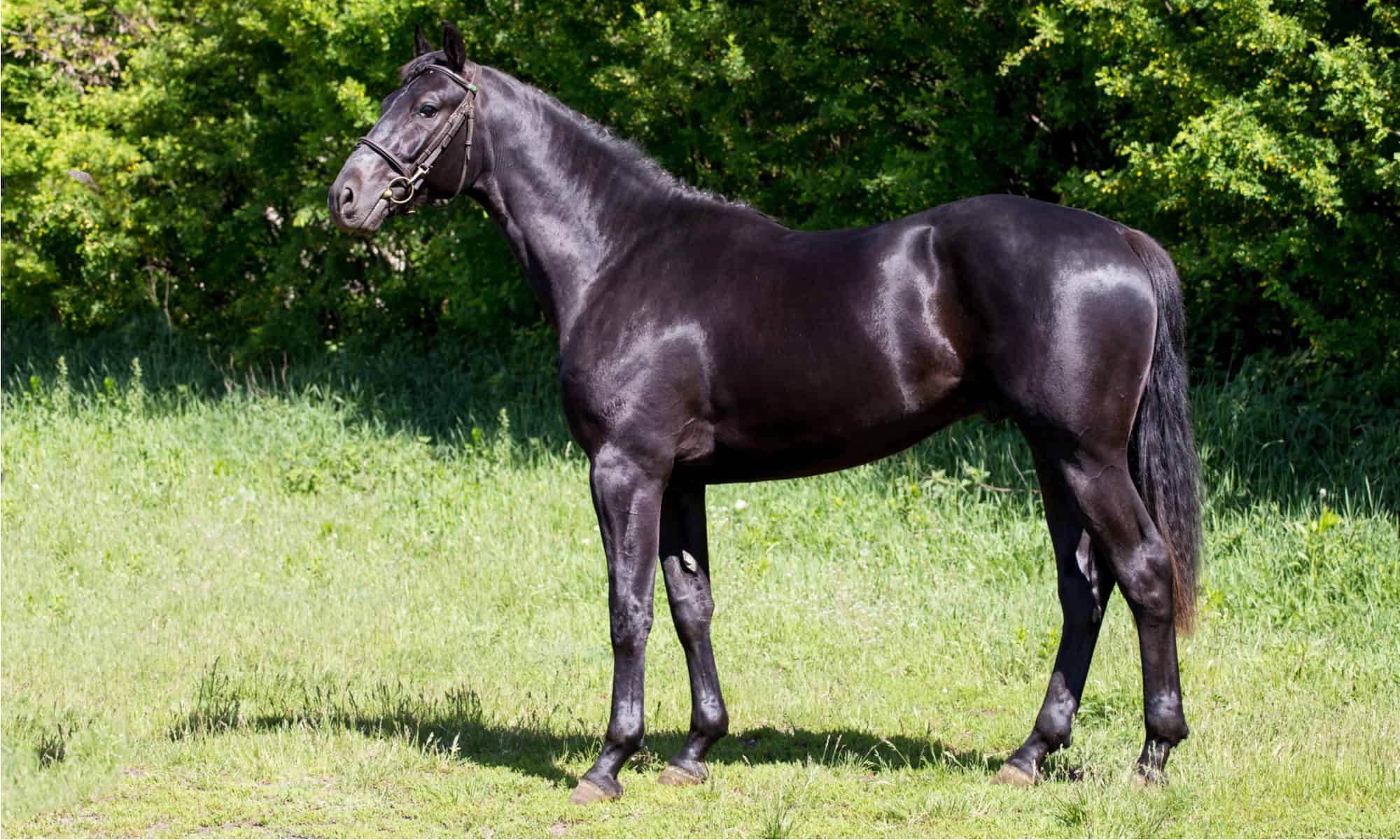
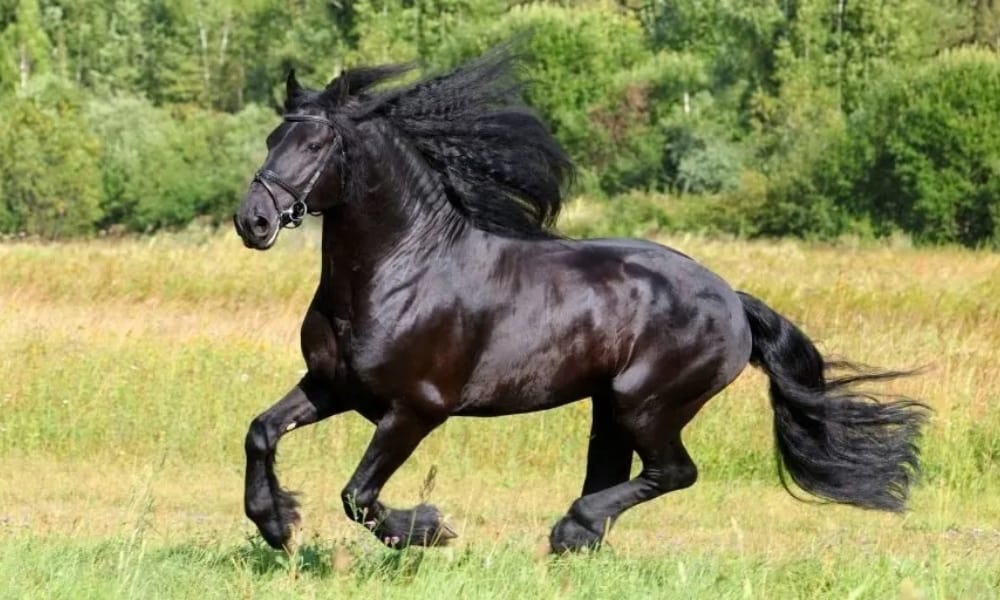
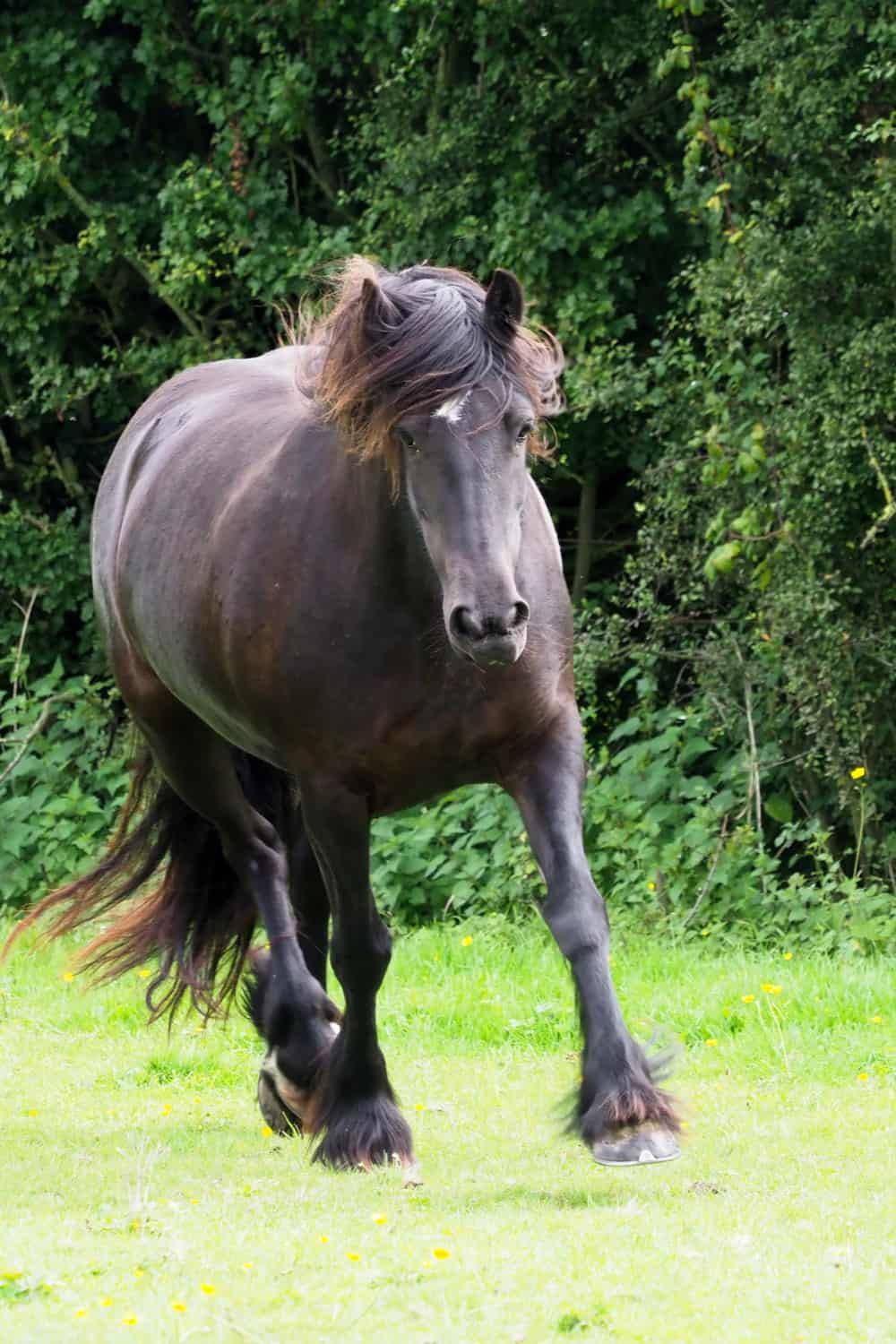
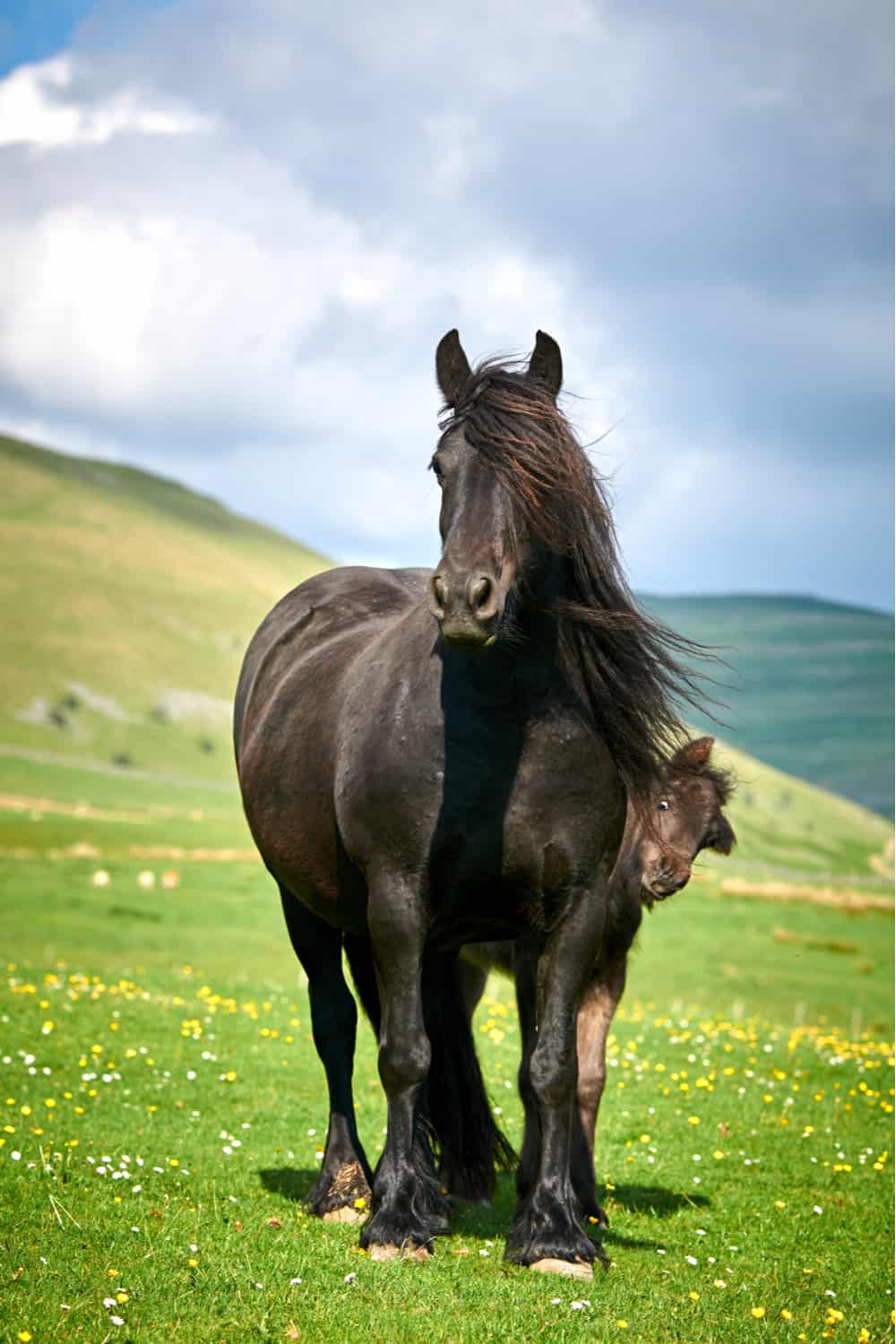
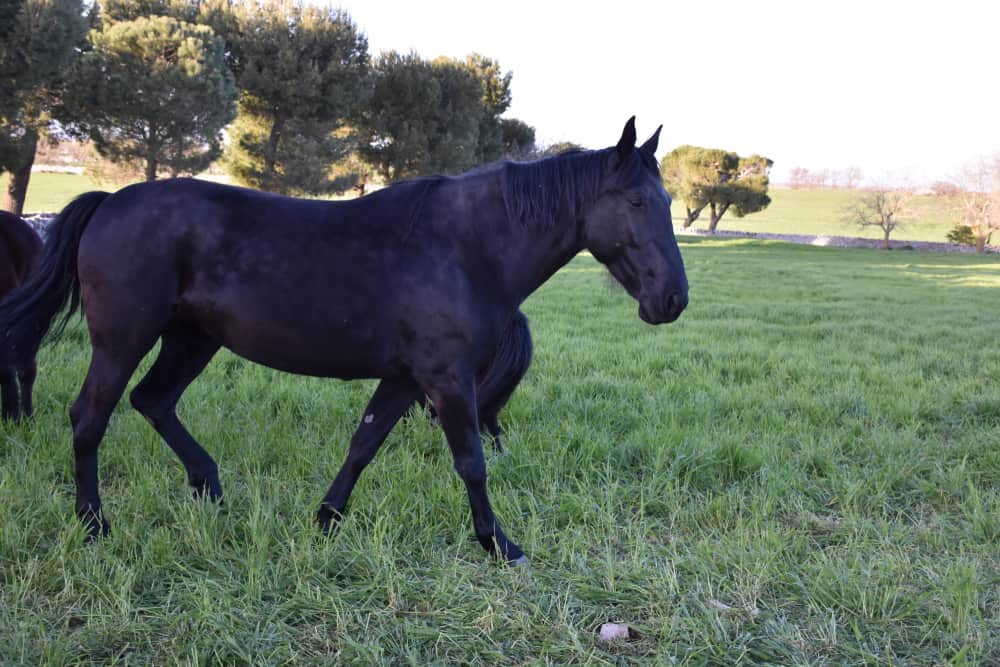
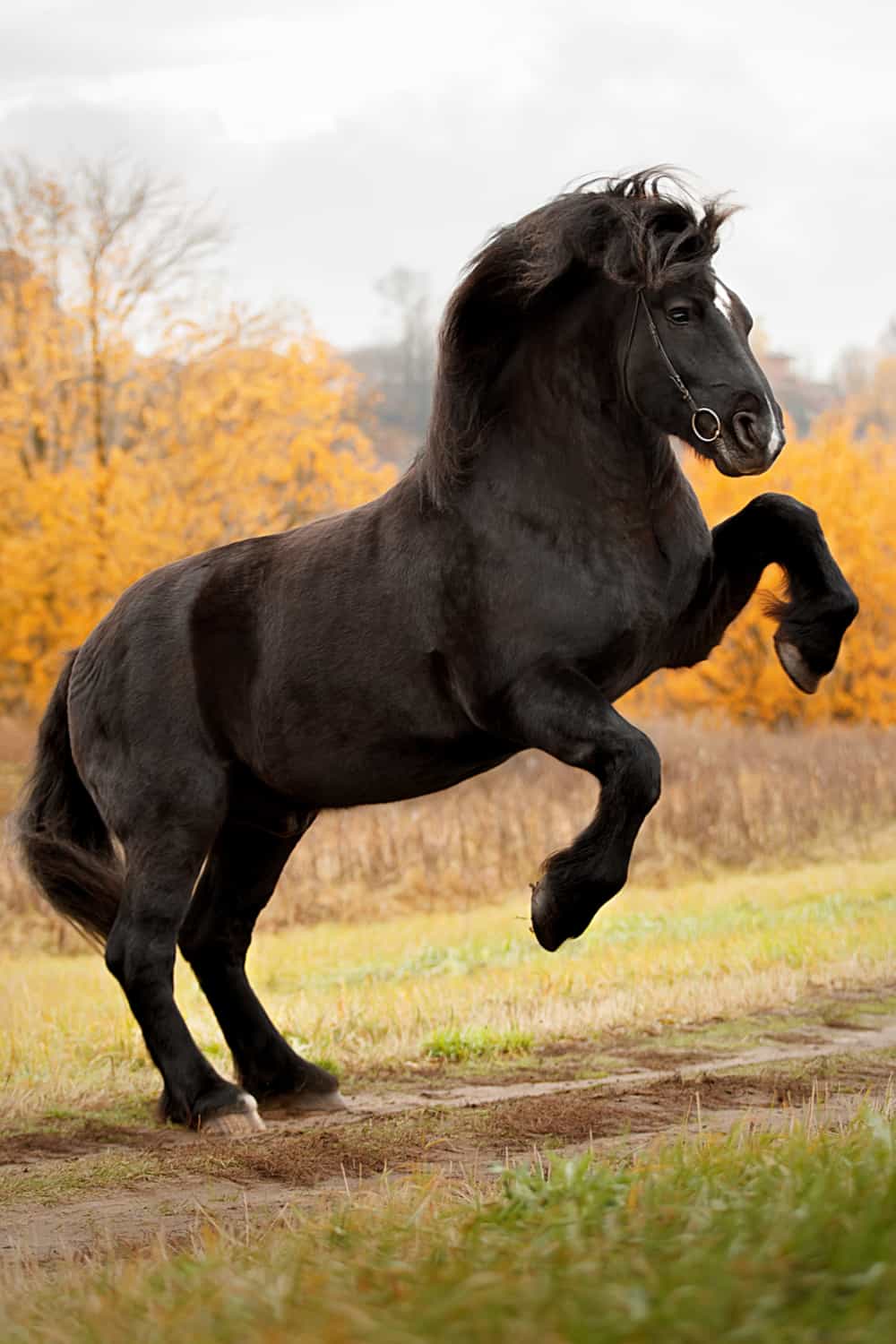
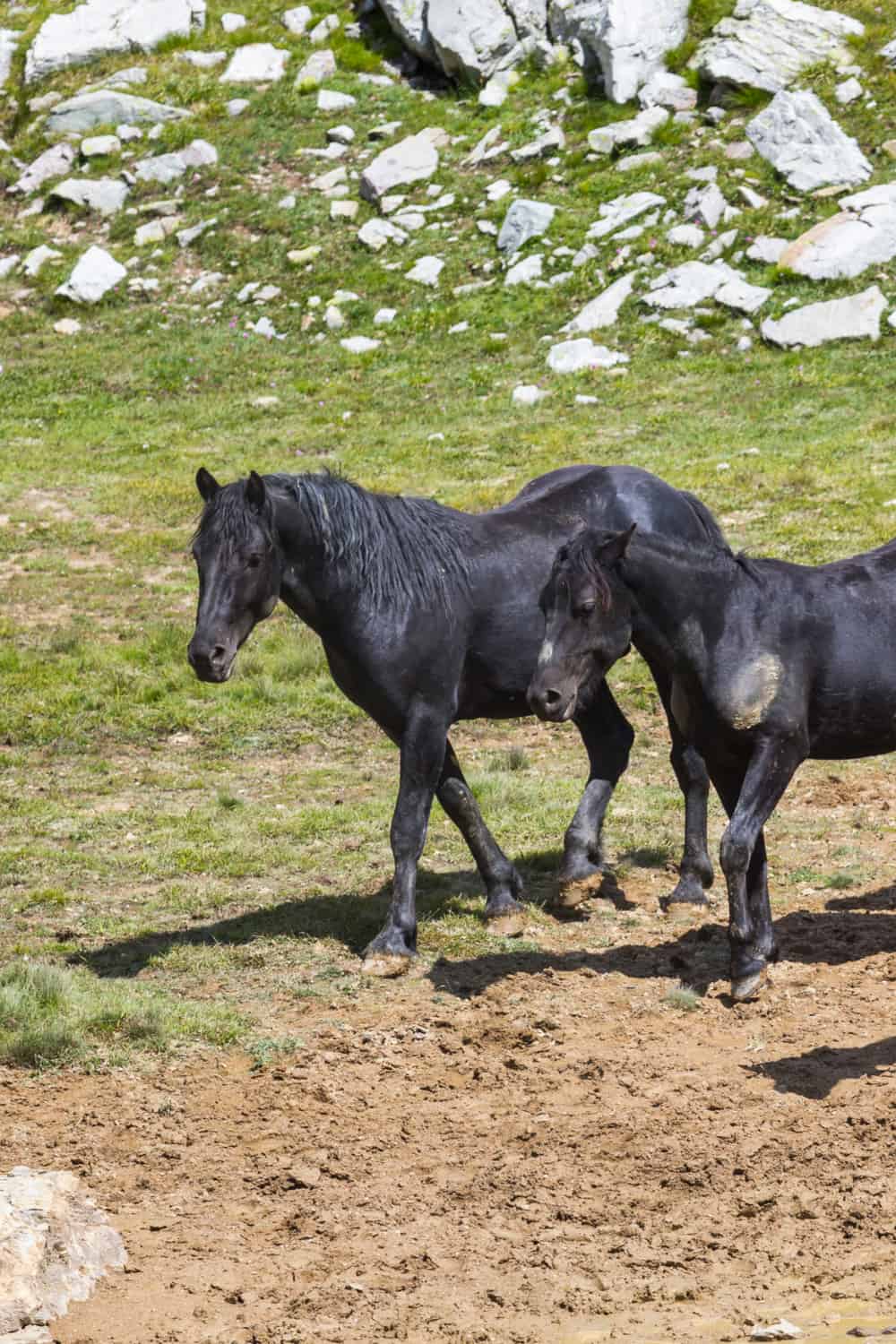
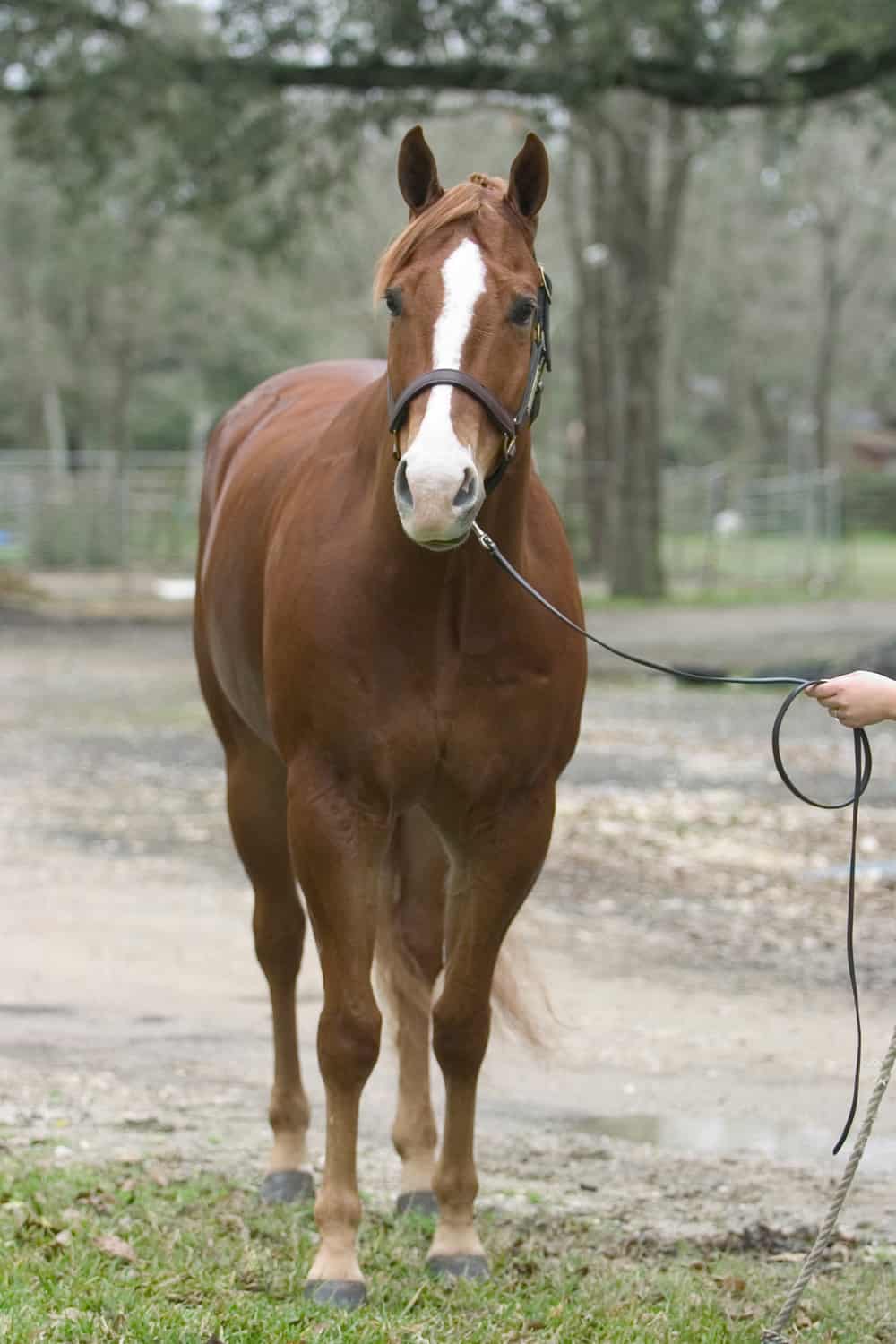
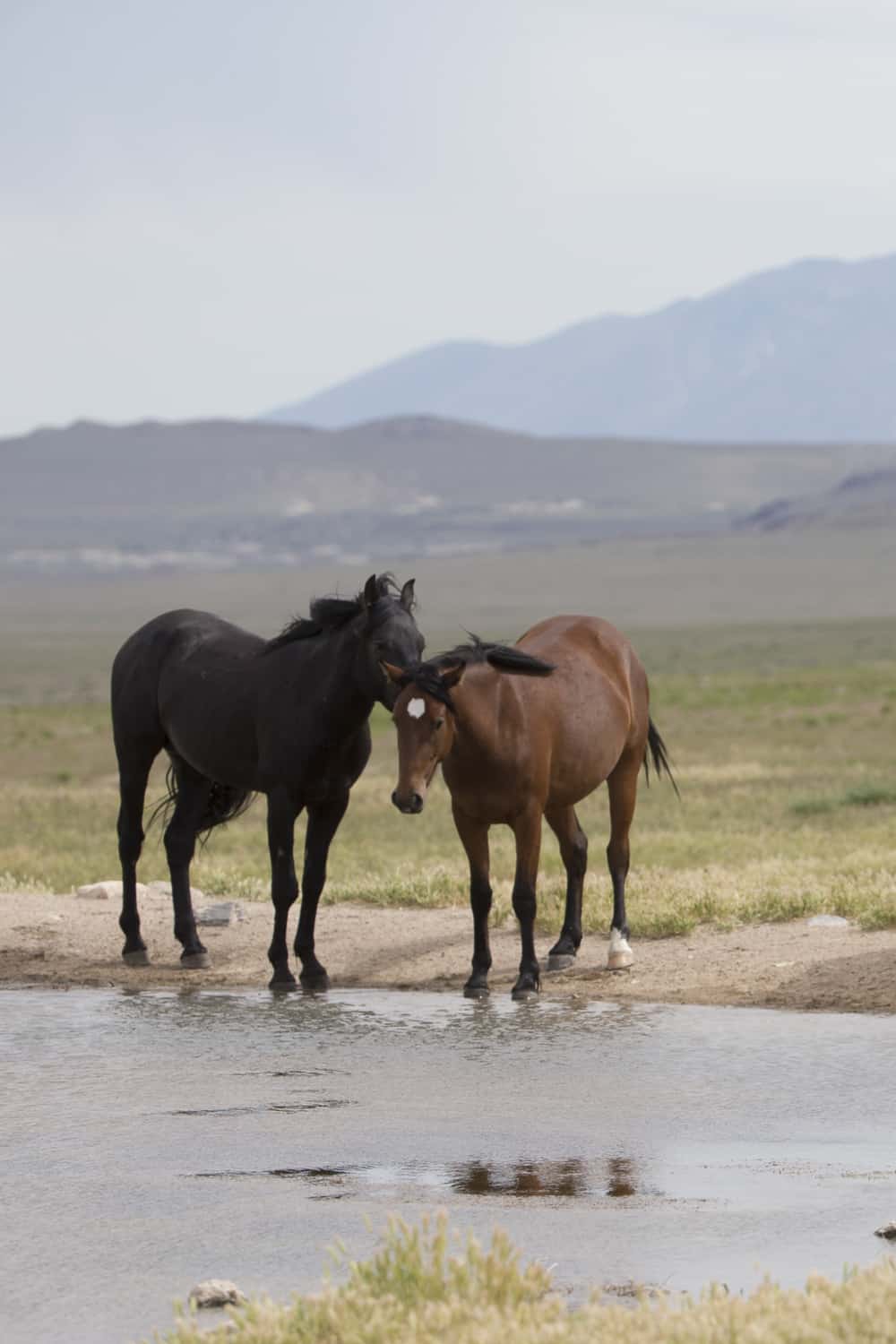
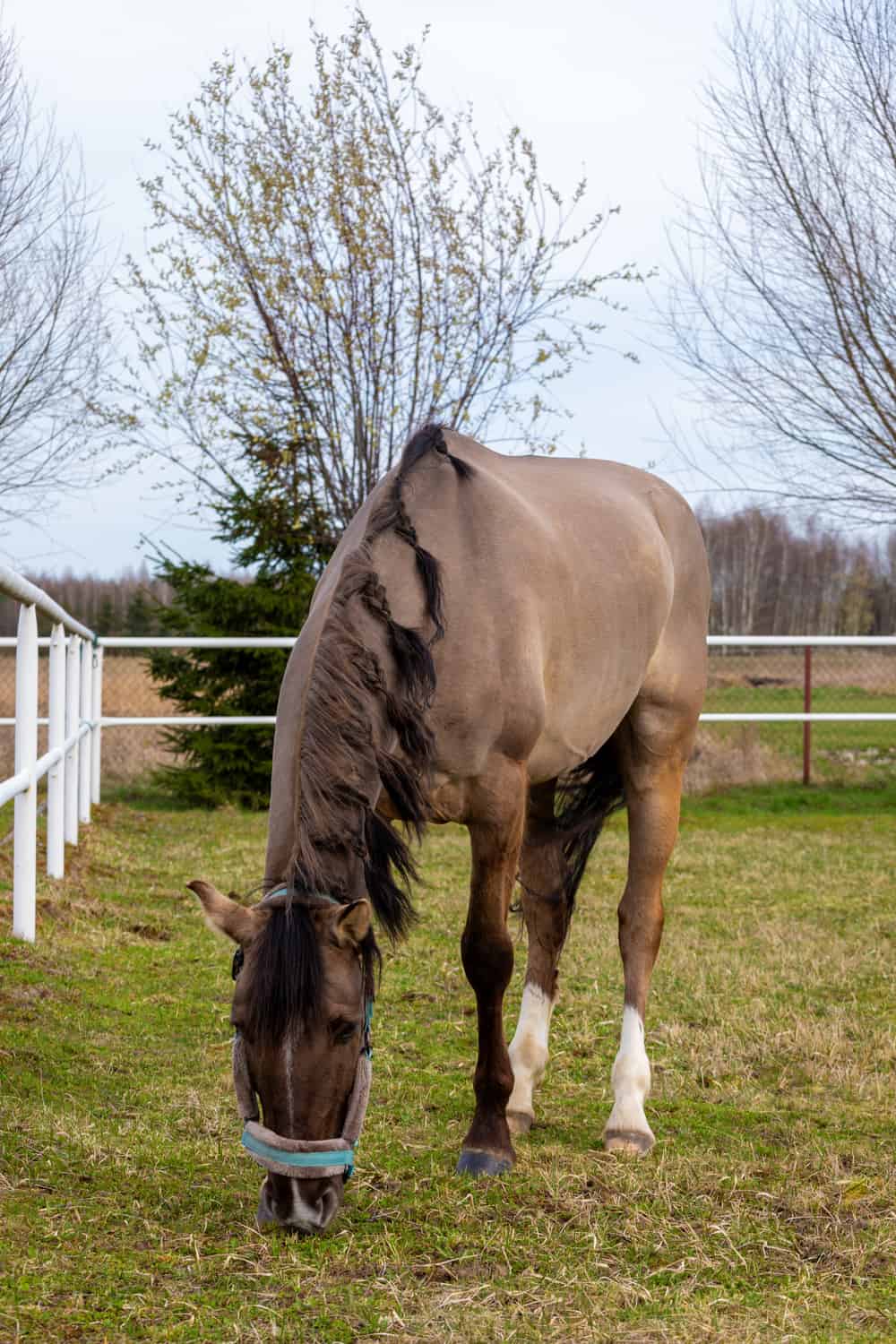
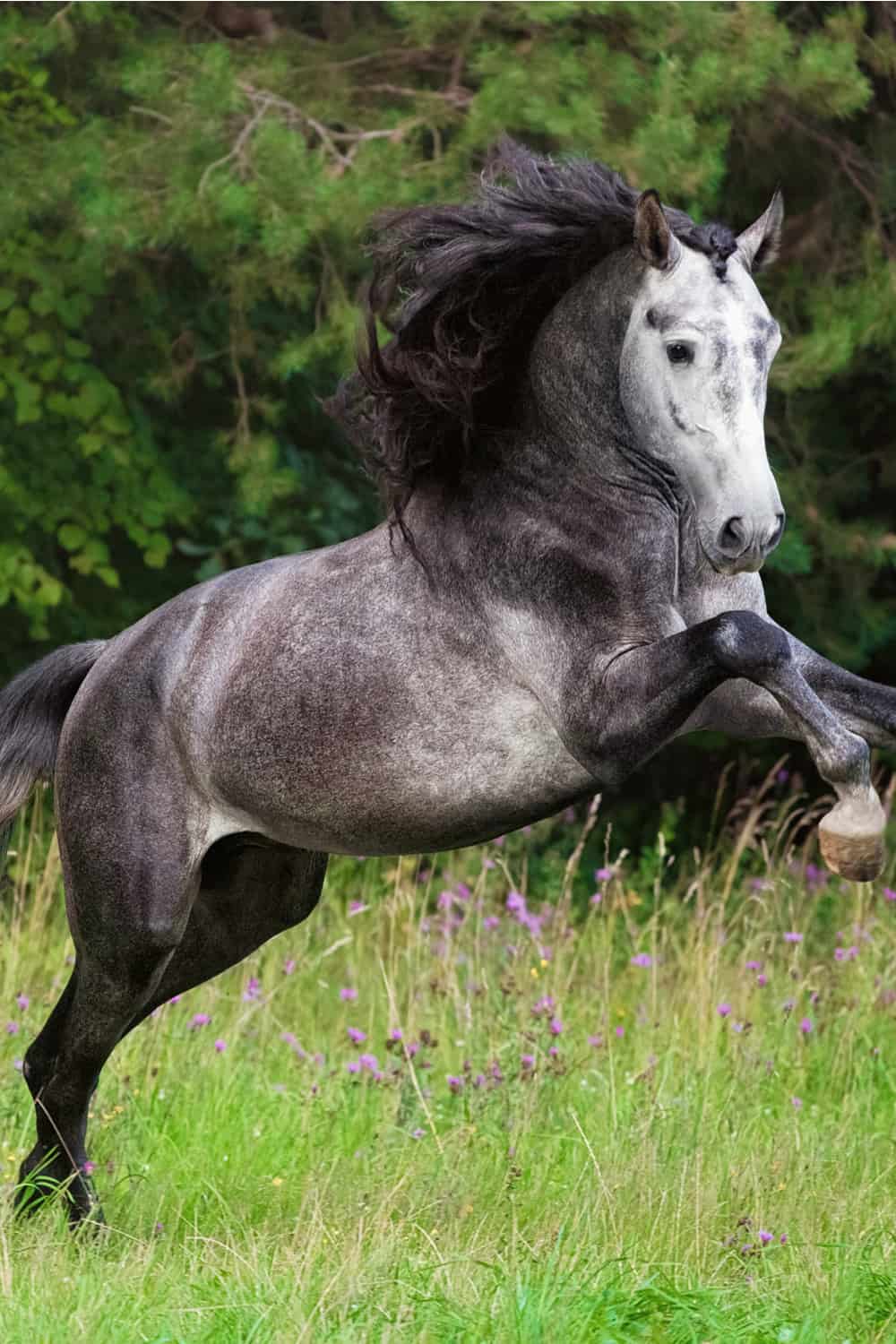
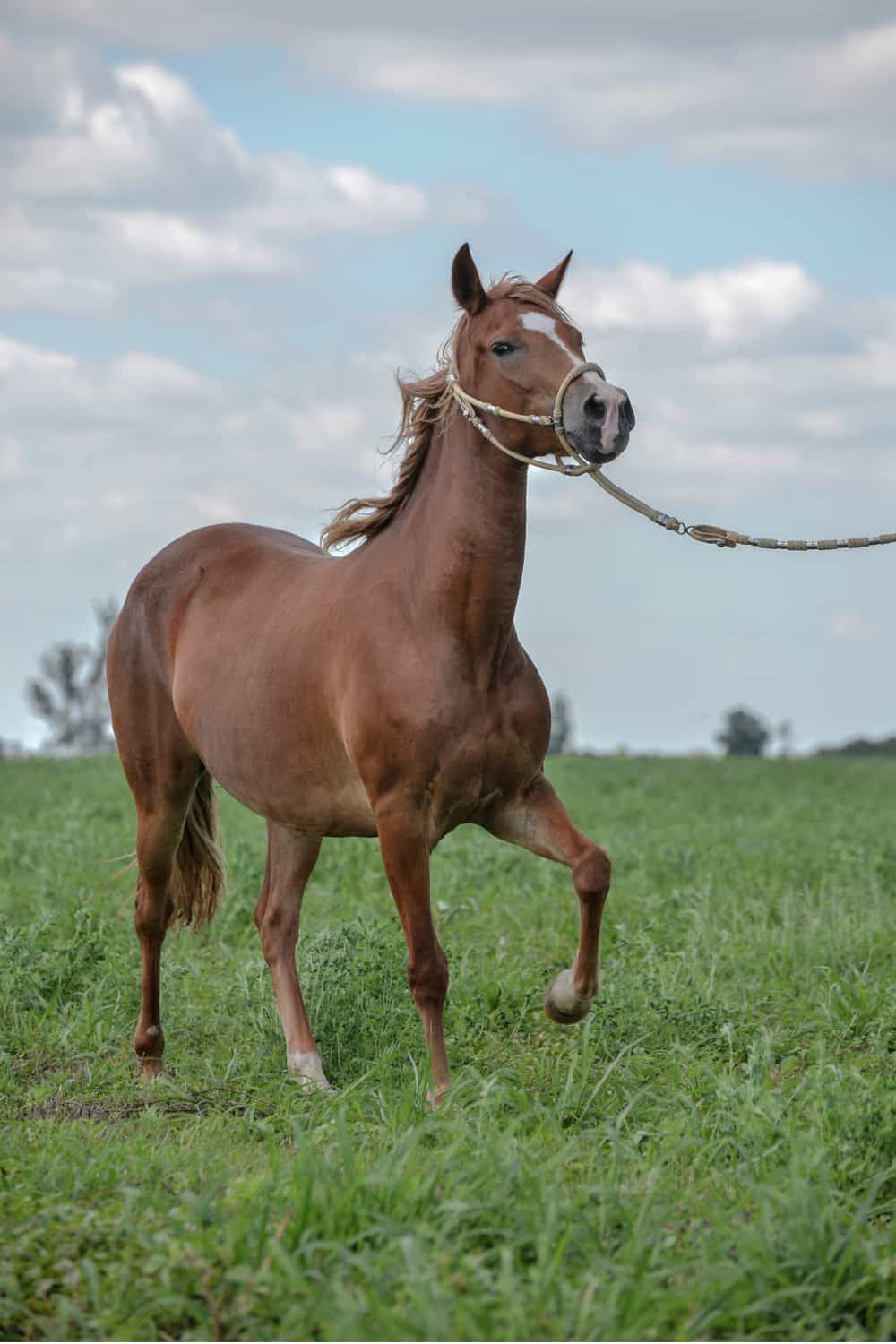
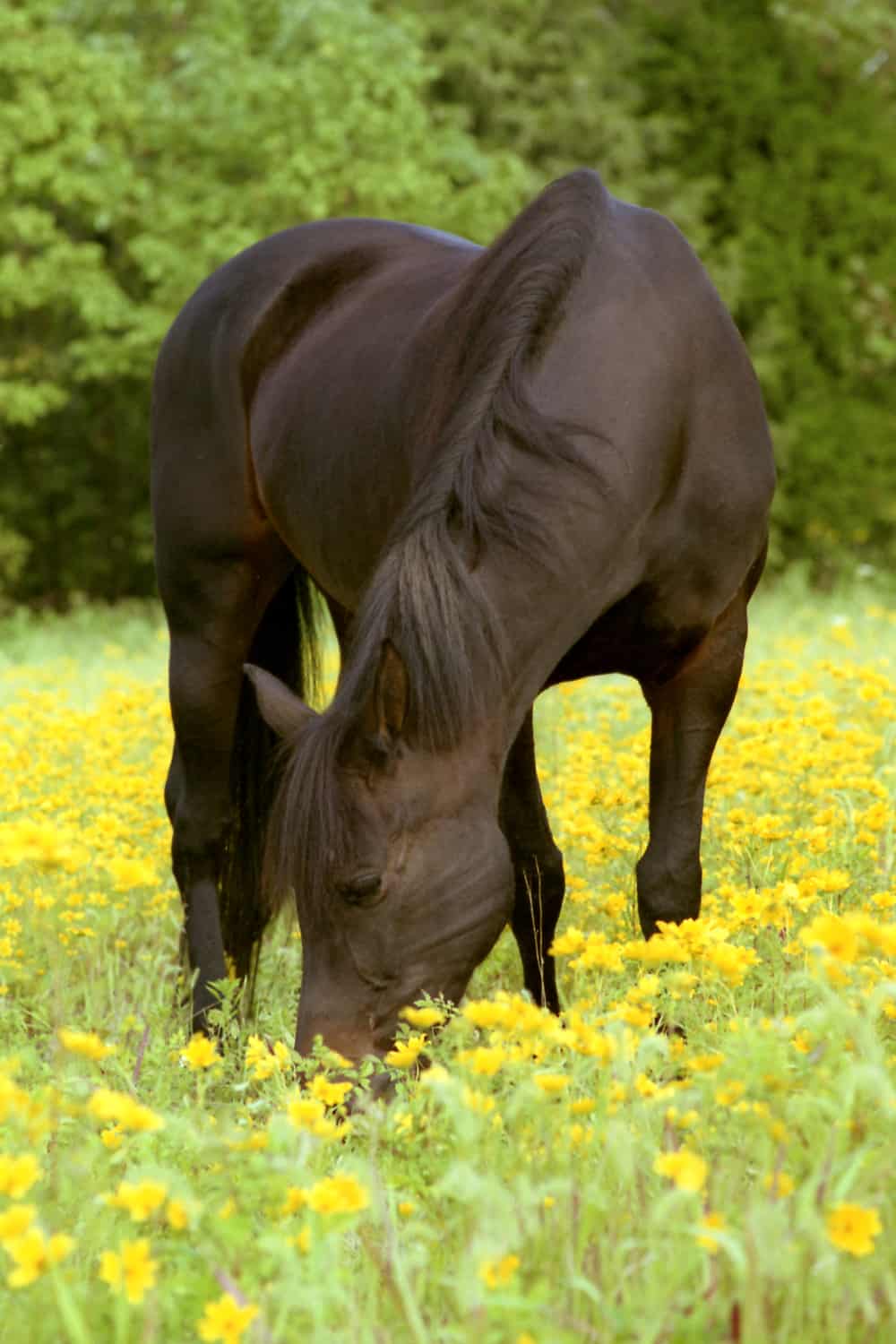
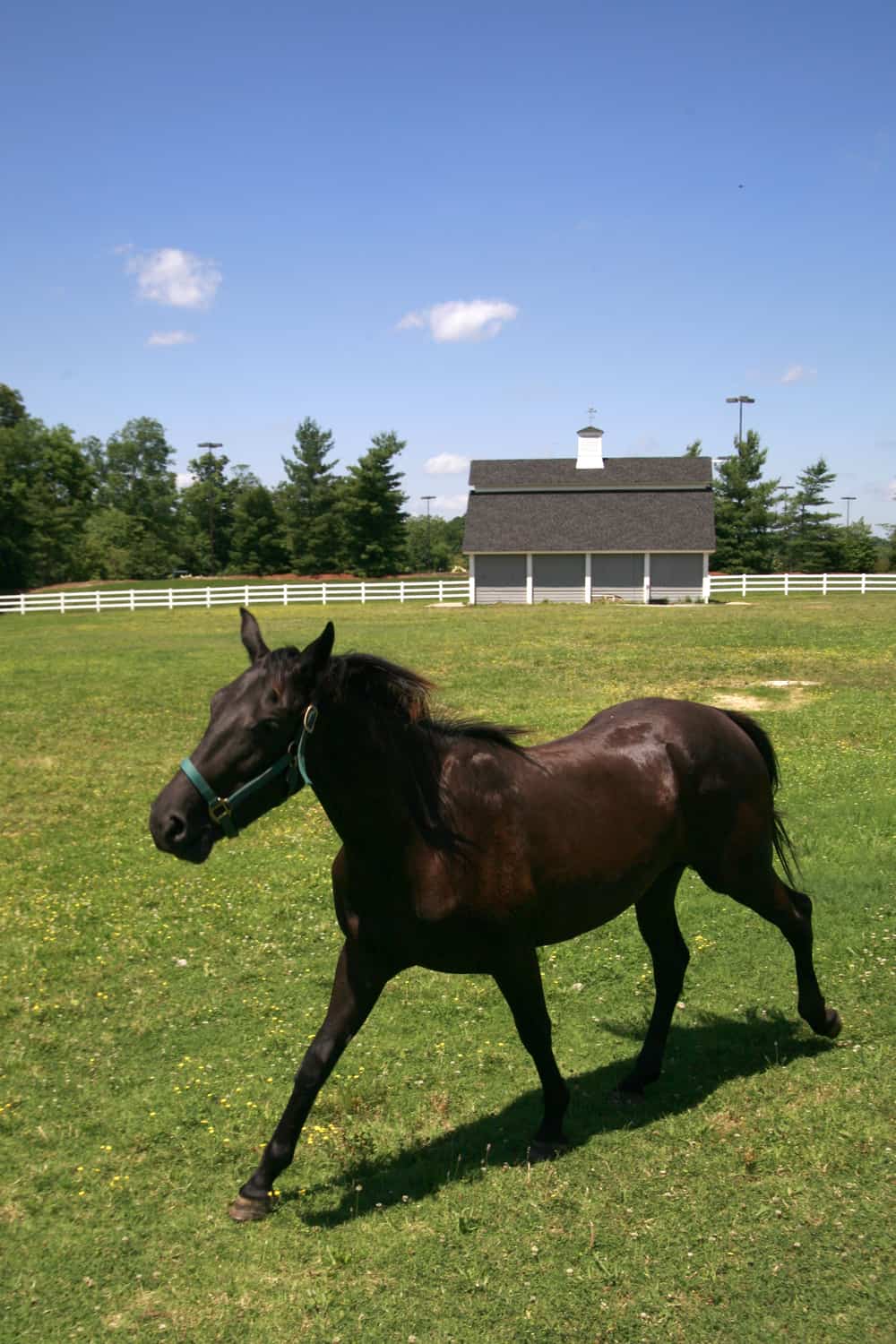








beautiful big black horses, i really want a big bulging black horse. thanks guys!
I completely agree with this comment!